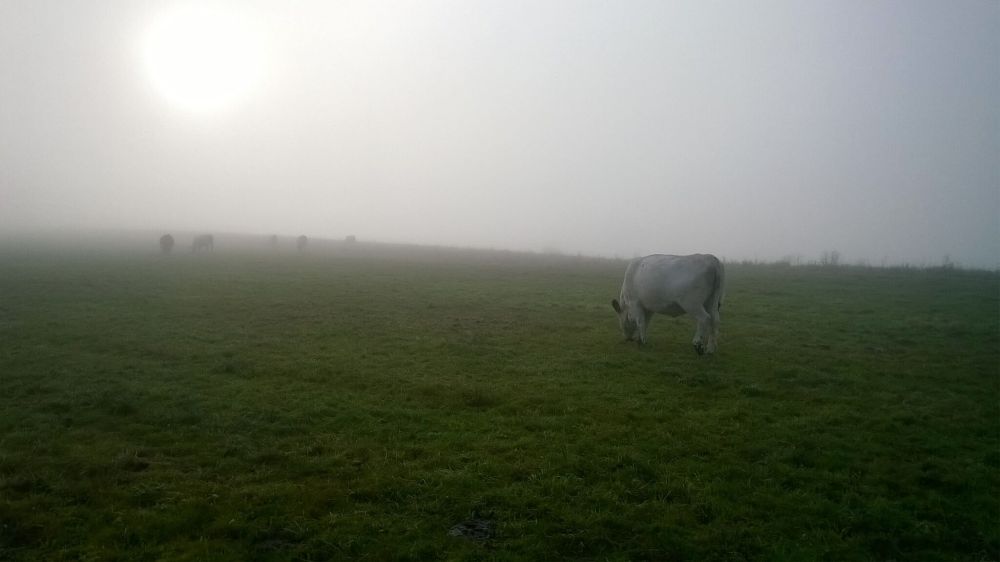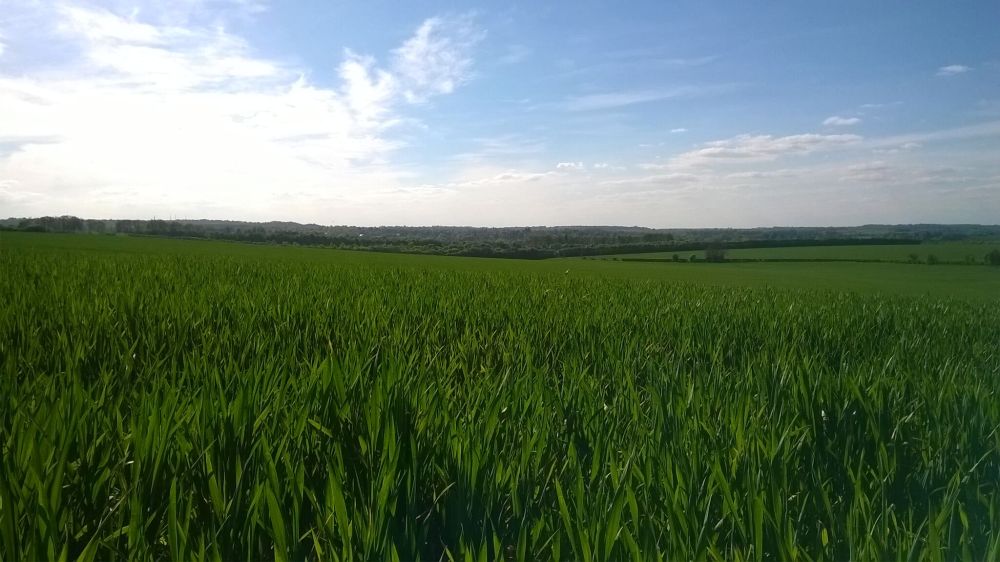
Researchers are to shine a new light on an important chapter in the history of British farming - the Anglo-Saxon 'agricultural revolution'.
University of Leicester and Oxford University researchers are delve deep into how an ‘agricultural revolution’ in Anglo-Saxon England fuelled the growth of towns and markets as part of a new project investigating medieval farming habits.
The period between c 800 – 1200 AD saw dramatic changes in farming practices across large parts of Europe, enabling an increase in cereal production so great that it has been described as an ‘agricultural revolution’.
This ‘cerealisation’ allowed post-Roman populations not only to recover, but to boom, fuelling the growth of towns and markets.
In England, this meant that many regions became more densely populated than ever before.
'Open fields'
To operate a more productive but costly system of farming, peasants had to share expensive resources such as teams of oxen and mouldboard ploughs, and cultivate extensive and unenclosed ‘open fields’ communally.
The project aims to understand when, where and how this ‘mouldboard plough package’ originated and spread, by generating the first direct evidence of medieval land use and cultivation regimes from excavated plant remains and animal bones, using a range of scientific methods.
Dr Richard Thomas, Reader and Chair of the Association for Environmental Archaeology from the University of Leicester School of Archaeology and Ancient History said: “By using different kinds of archaeological evidence we will try and establish how a revolution in agriculture in Anglo-Saxon England led to a surge in population and fuelled the growth of towns and markets.

“We will be studying the stresses and strains on cattle bones from archaeological sites to establish when and where the heavy-plough was introduced.
“This was a major technological innovation which enabled more land to be brought into cultivation and increased the production of cereal grains.”
Transformed England's landscape
Three key innovations made the increase in yields during the period possible.
The widespread adoption of the mouldboard plough, which enabled farmers to cultivate heavier, more fertile soils; Crop rotation, e.g. planting with winter wheat followed by spring barley and extensification of cultivation, whereby fertility was maintained by short fallow periods during which sheep grazed on the stubble, rather than by intensive manuring.
In order to improve efficiency and share resources, people had to live in close proximity, leading to the formation of the nucleated villages, set amid extensive arrays of strip fields that can still be seen in many parts of the countryside today.
In this way, innovations in farming transformed large parts of the England’s landscape and with it, its social geography.
Helena Hamerow, Professor of Early Medieval Archaeology from the Institute of Archaeology at the University of Oxford and the project’s Principal Investigator, said: “This project will help us understand how farmers in medieval England were able to grow more food to feed an expanding population sustainably at a time of climatic warming.
“The spread of the heavy, mouldboard plough – a technology that English farmers adopted from their European neighbours – was a key factor and analysing cattle bones will enable us to trace its spread.”
Cereals, bones and pollen
As part of the project, a suite of over 400 radiocarbon dates on charred cereals, bones and pollen cores will make it possible to locate the origins and spread of open fields in time and space.
Patterns emerging from these bioarchaeological data will then be compared with the evidence from excavated farms to explore the inter-relationship between arable production, stock management and settlement forms.
Analysis of crop stable isotopes in preserved cereal grains will enable the team to assess the degree to which productivity was boosted by manuring.
Weed flora will also reveal the extent to which fields were manured and tilled, as well as providing evidence of sowing times and crop rotation.
The lower limb bones of cattle will be examined for pathologies caused by pulling a heavy plough. Pollen data will reveal the changing impact of cereal farming on the medieval landscape and will be used to produce the first national model of early medieval land use.
Read more on the history of farming: 'Humankind's greatest invention': The History of Agriculture - Part One and Part Two.
